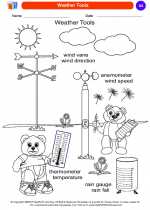Elliptical Polarization
Elliptical polarization is a phenomenon that occurs when the electric field vector of an electromagnetic wave traces out an elliptical path as the wave propagates through space. This type of polarization can be observed in certain types of light, such as polarized light, and in the electromagnetic waves used in communication systems.
Causes of Elliptical Polarization
Elliptical polarization can be produced through the combination of two perpendicular linearly polarized waves that are out of phase with each other. When these two waves are added together, they create a resultant wave that traces out an elliptical path as it propagates.
Characteristics of Elliptical Polarization
- Ellipticity: Elliptical polarization is characterized by the degree of ellipticity, which describes the shape of the elliptical path traced out by the electric field vector. The degree of ellipticity can range from circular polarization (where the electric field vector traces out a perfect circle) to highly elliptical polarization.
- Orientation: The orientation of the major and minor axes of the elliptical path can vary, and this orientation is an important characteristic of elliptical polarization.
Applications
Elliptical polarization has various applications in technology and science, including:
- Communication Systems: Elliptically polarized waves are used in some communication systems to transmit and receive signals in a more efficient manner.
- Optical Devices: Certain optical devices, such as polarizers and waveplates, utilize elliptical polarization for controlling and manipulating the properties of light.
- Remote Sensing: In remote sensing applications, elliptical polarization can be used to analyze the properties of reflected or emitted electromagnetic waves from natural or man-made surfaces.
Study Guide
If you're studying elliptical polarization, here are some key points to focus on:
- Understand the concept of polarization in electromagnetic waves, including linear, circular, and elliptical polarization.
- Learn how to represent elliptically polarized waves using mathematical equations and vector diagrams.
- Explore the practical applications of elliptical polarization in various fields, such as communication systems, optics, and remote sensing.
- Practice solving problems related to elliptical polarization, including determining the degree of ellipticity and orientation of the electric field vector.
- Consider the historical and theoretical developments in the study of polarization and the contributions of scientists and researchers to this field.
◂Science Worksheets and Study Guides Kindergarten. Weather

 Coloring Worksheet
Coloring Worksheet
 Coloring Worksheet
Coloring Worksheet
 Coloring Worksheet
Coloring Worksheet
 Coloring Worksheet
Coloring Worksheet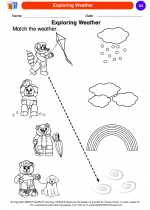
 Coloring Worksheet
Coloring Worksheet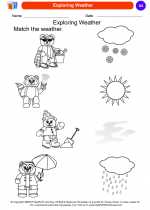
 Coloring Worksheet
Coloring Worksheet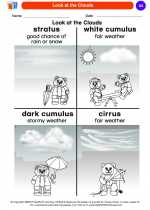
 Coloring Worksheet
Coloring Worksheet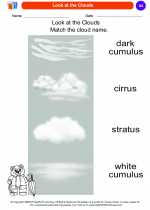
 Coloring Worksheet
Coloring Worksheet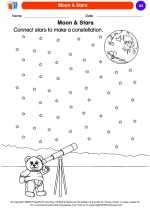
 Coloring Worksheet
Coloring Worksheet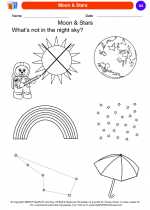
 Coloring Worksheet
Coloring Worksheet
 Coloring Worksheet
Coloring Worksheet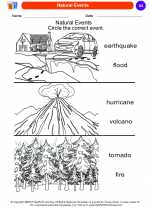
 Coloring Worksheet
Coloring Worksheet
 Coloring Worksheet
Coloring Worksheet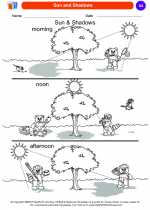
 Coloring Worksheet
Coloring Worksheet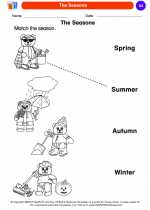
 Coloring Worksheet
Coloring Worksheet
 Coloring Worksheet
Coloring Worksheet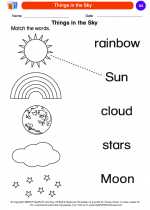
 Coloring Worksheet
Coloring Worksheet
 Coloring Worksheet
Coloring Worksheet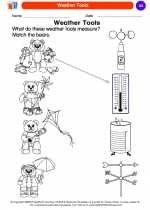
 Coloring Worksheet
Coloring Worksheet